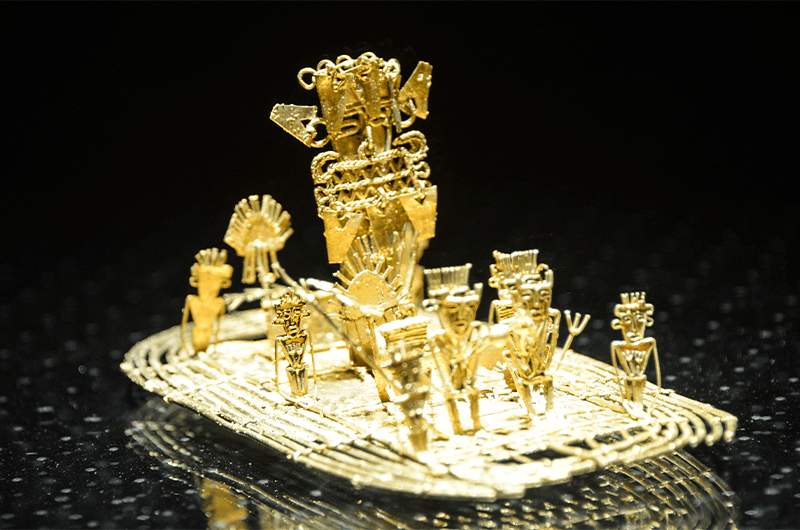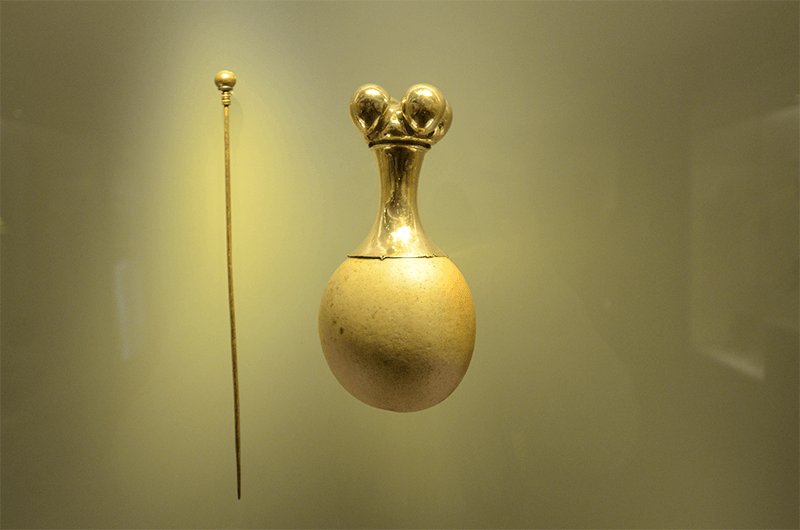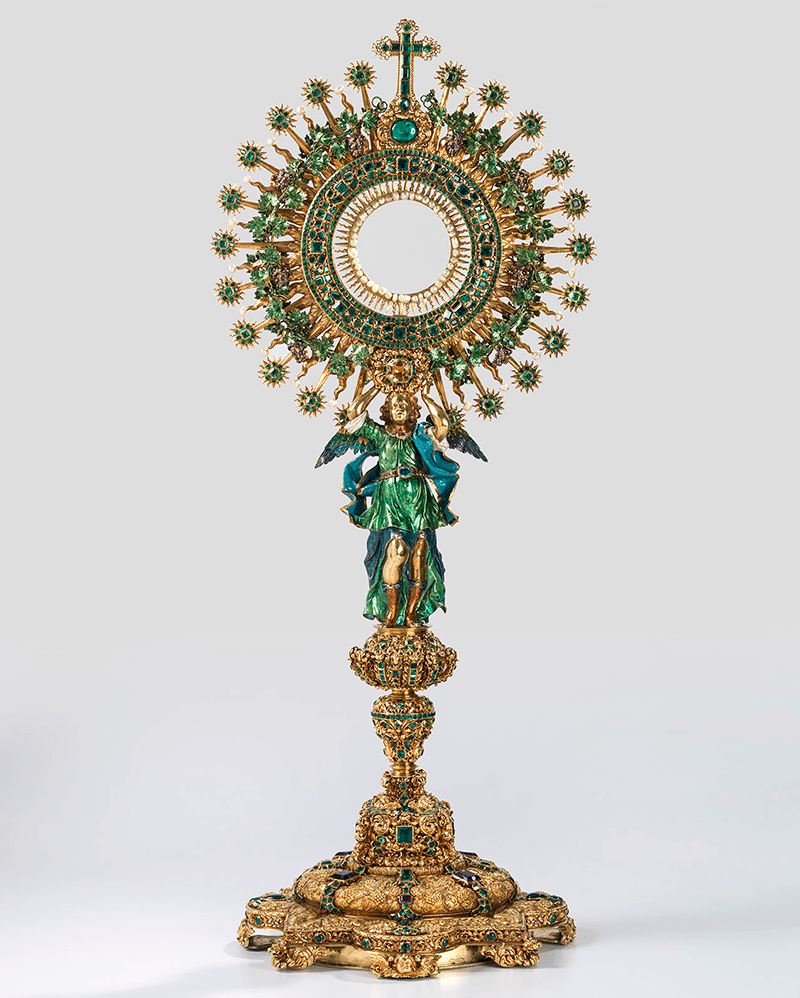
Gold craftsmanship art treasures you will only find in Colombia
Dance, music, art and culture make Colombia unique. Can you believe that Colombian art history has been evolving for 3,000 years? There is archaeological evidence of the existence of pottery in Colombia earlier than anywhere else in the Americas.
If you love art, discover the reasons to visit Colombia and appreciate gold craftsmanship incredible art treasures.
‘Muisca Gold Raft’ craftsmanship that represents a part of Colombian culture

This piece of craftsmanship art is made with gold-silver-cuper alloy (over 80% of high-grade gold) and alludes to The Legend of ‘El Dorado’ myth. Muisca indigenous people used to hold a ceremony where the new chief (Cacique) bathed in gold, throw casting gold and precious stones such as emeralds collected in his community into the Guatavita lake (located just 75 km and an hour away from Bogota), as an offering to their gods. After this, he immersed himself in the water.
Gold has a different meaning for the pre-Columbian societies. It represents prestige and religious offerings, not material wealth.
The craftsmanship art piece was created by artisans in Pre-columbian cultures and found in a nearby cave. It is the only piece in a clay mold with the lost wax technique. It has a base with a shape of a boat and several figures on the raft. The largest figure that stands out in the middle represents the new chief (Cacique). Its 19,5 cms long, 10,1 cms width and 10,2 cms tall. The art museum that displays this beautiful artwork is the Gold Museum in Bogota.
This craftsmanship art piece has never left the country. This beautiful artwork shows Colombian culture heritage to the world.
‘Poporo Quimbaya’ craftsmanship, art and culture of Colombia

This Pre-columbian craftsmanship art piece was used as a container for chewing coca leaves during indigenous religious ceremonies. In doing so, Quimbayas had greater lucidity to tell myths and stories when the community would discuss their history and worldview. It is considered as one of the greatest art piece of wax casting techniques, because is a hollow object (something very difficult to achieve), with a filigree base.
Is an imitation of a pumpkin, because of its shape that is associated with the female body.
The Poporo Quimbaya craftsmanship art piece was found in Antioquia, Colombia, an archaeological remains from the Quimbaya culture and is also attributed to social status. It is a bottle with four rounded features at the top. Its 23,5 cms long, 11,4 cms width and 777,7 grams in weight. It has two pieces: the receptacle, and the lid to carry the lime to the mouth while chewing coca leaves. It is one of the first art pieces acquired by the Central Bank of Colombia, and from which they realized to create an art museum that conserves this type of pieces. The art museum displaying this beautiful artwork is the Gold Museum in Bogota.
‘The Custody of the San Ignacio Church of Bogota’ or ‘The Lettuce’, beautiful artwork made in Colombia

By: Colombia’s Central Bank art collection.
The Custody was made between 1700 and 1707 by José de Galaz for the San Ignacio Church of Bogotá. It took seven years to create this craftsmanship art piece, used in catholic ceremonies, well known as ‘lettuce’ because of its green head and the number of emeralds it has (1,485 in total). It was painted with an emerald powder covering the angel that is in the middle, which symbolized God, surrounded by a sun (consisting of 22 golden rays). The custody is divided into three parts: an 8-pointed flamboyant that evokes Mary, the blessed virgin, an emerald heart that remembers the passion and death of Jesus Christ, and the base or support of the whole piece, that evokes the role of the Catholic Church.
With a total of 1,759 gemstones, this craftsmanship art piece of baroque art is made with 9 kilograms of 18-karat gold.
Its 70 cm tall and 8,850 grams in weight. ‘The Lettuce’ is made of cast gold and also contains 168 amethysts, 62 baroque pearls, 28 diamonds, 13 rubies, and one yellow sapphire. The first time this craftsmanship art piece left the country was in 2015 for the exhibition at Spain’s Museo del Prado. Then, in 2017, it went on exhibition at the Louvre Museum in Paris. Now, the art museum displaying this beautiful artwork is Colombia’s Central Bank in Bogota, Colombia.
Have we convinced you to visit Colombia? Come discover it through craftsmanship Colombian culture, art, and more.
Related articles: 7 curiosities about the Colombian artist Fernando Botero
Experience the best of Colombian art in Bogota, Medellin and Cartagena
 Bienvenue, vous êtes dedans
Bienvenue, vous êtes dedans 

